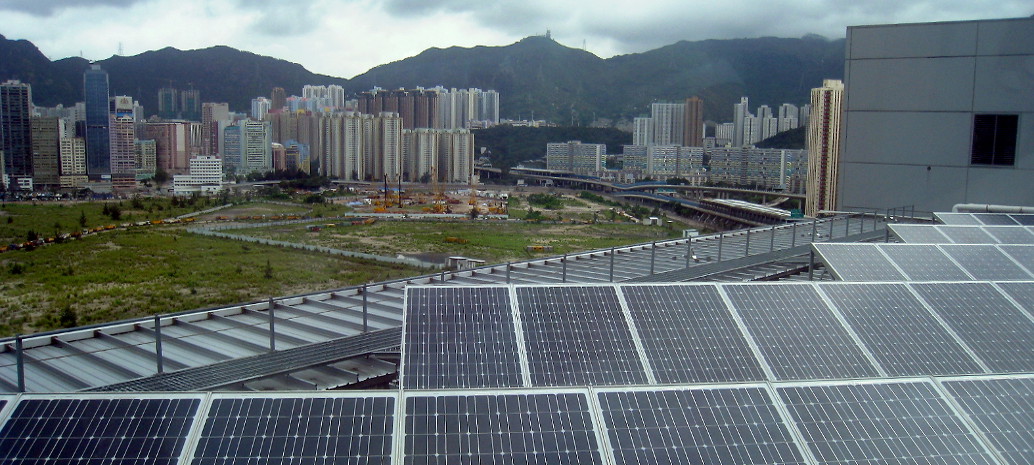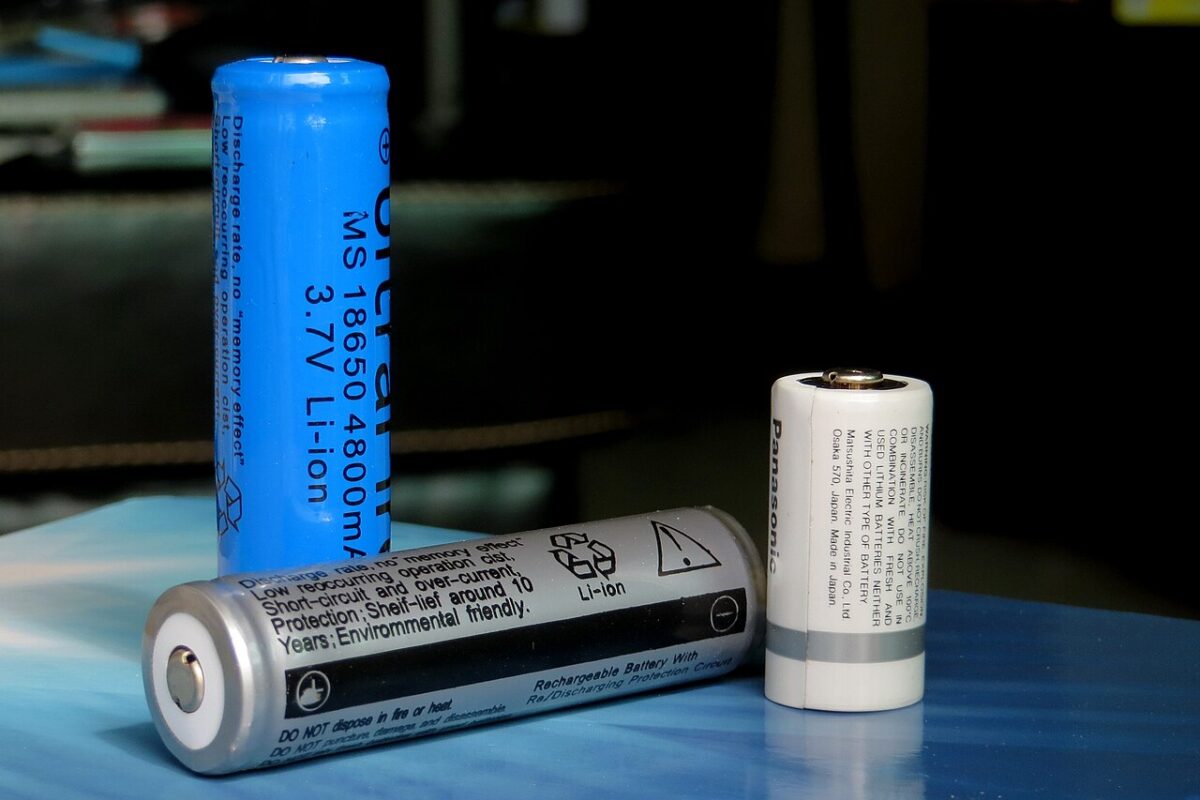Feed-in tariff (FIT) schemes are on the way out in most countries today, however it is also a guaranteed scheme to boost the development of small solar PV systems, and kick start a new market.
Hong Kong appears to be doing exactly this, with a new policy scheme that comprises FITs and renewable energy (RE) certificates.
FITs
The FIT scheme is now open. Electricity consumers can install a PV system up to 1 MW, as long as they are connected to one of the province’s two electricity suppliers: HK Electric Investments, which is providing electricity to the Hong Kong and Lamma islands; and the China Light and Power Company (CLP), which sells electricity to Kowloon, the New Territories, Cheung Chau and Lantau.
FIT applications for the areas covered by CLP are now possible via its website and app. Successful applicants will receive the set tariffs from October 1, 2018.
For HK Electric Investments, application details will be announced at some point this month. It is aiming to open the application process in September, with successful applicants set to receive tariffs from January 1, 2019.
Investors who install PV or wind energy systems will receive a stable tariff until the end of 2033. Tariffs will be reviewed annually, meanwhile, in order that those for new installs remain in line with technology costs.
Currently, the offered FIT rates are: HK$5/kWh (around US$0.64) for systems up to 10 KW; HK$4 for systems larger than 10 KW and up to 200 KW; and HK$3 for systems larger than 200 KW and up to 1 MW.
Installed PV capacity
Current solar PV installations in Hong Kong total less than 5 MW, Masaru Yarime, associate professor at the School of Energy and Environment in the City University of Hong Kong told pv magazine.
This capacity is very small, partly because of the geographical limitations in Hong Kong, said Yarime, who added that first movers include schools and other government buildings.
RE Certificates
To alleviate the costs the FIT scheme will have on electricity consumers, the province has also introduced Renewable Energy Certificates, which will be sold by the two power utilities for units of electricity generated by renewable energies.
“It is not mandatory for consumers to buy RE Certificates,” said Yarime, although “I think there is an increasing expectation in the government and in society in general that leading companies and organizations take initiatives to purchase the RE Certificates to show that they take care of the environment. And there is also an increasing pressure on them to demonstrate that through corporate reports.”
Furthermore, Yarime pointed out that “those companies listed in the Hong Kong Stock Exchange are now required to publish their Environmental, Social and Governance (ESG) reporting.”
Solar map
Yarime met recently with representatives from the Electrical and Mechanical Services Department (EMSD) of Hong Kong’s Government to discuss a report to be published in September about an estimation of the solar potential in Hong Kong.
Yarime suggested, however, that it would be more prudent to produce a map displaying PV potential, in order to easily show people which buildings, in which areas, are attractive. Tokyo has already developed a similar product, concluded Yarime.
This content is protected by copyright and may not be reused. If you want to cooperate with us and would like to reuse some of our content, please contact: editors@pv-magazine.com.



The feed-in tariff (FIT) of 0,64 USD per kWh for 15 years is far too high!
With a FIT of 0,12 USD per kWh, the payback time is 15 years.